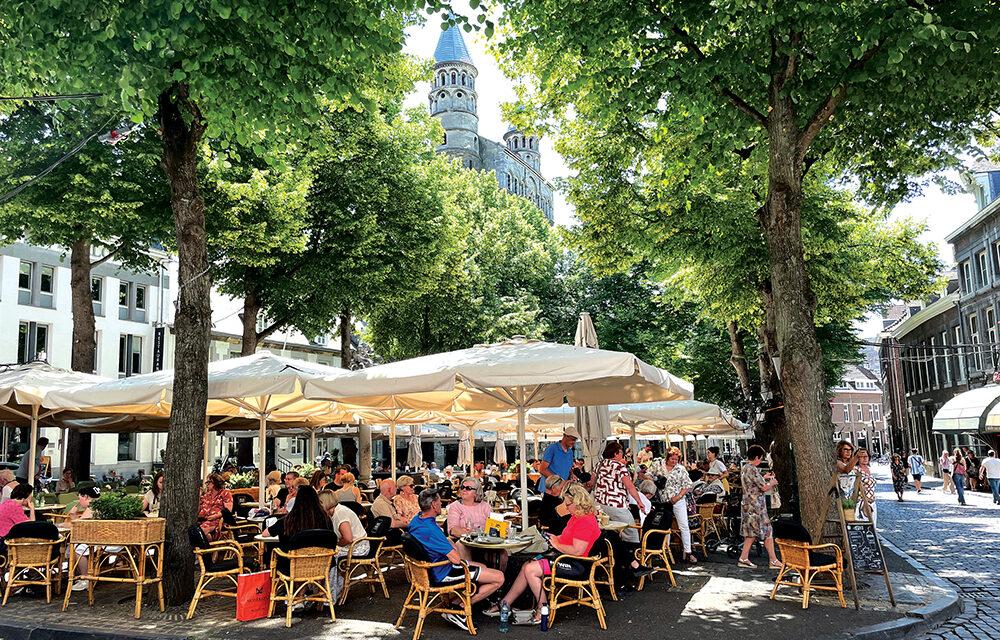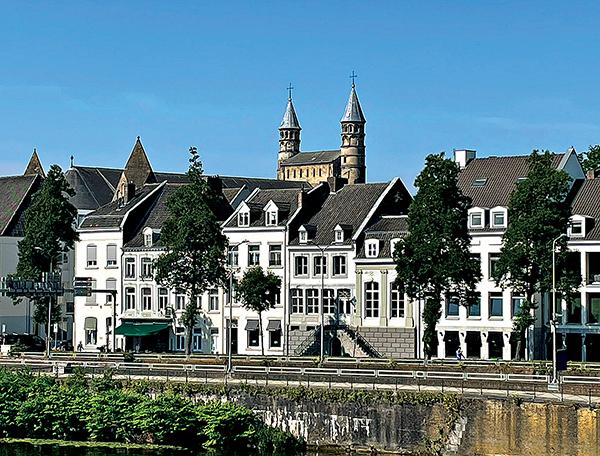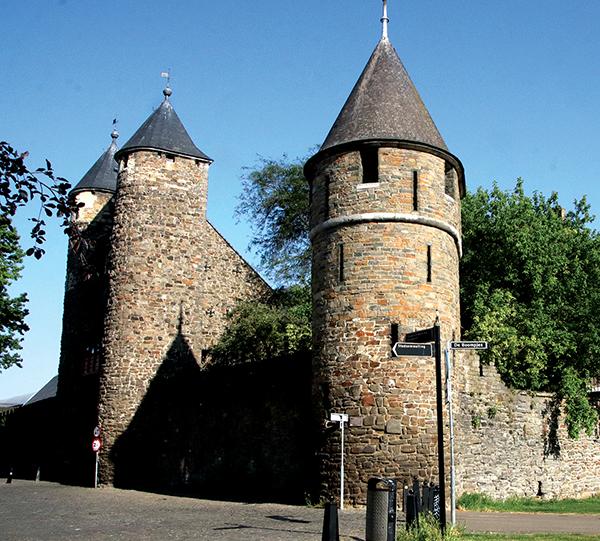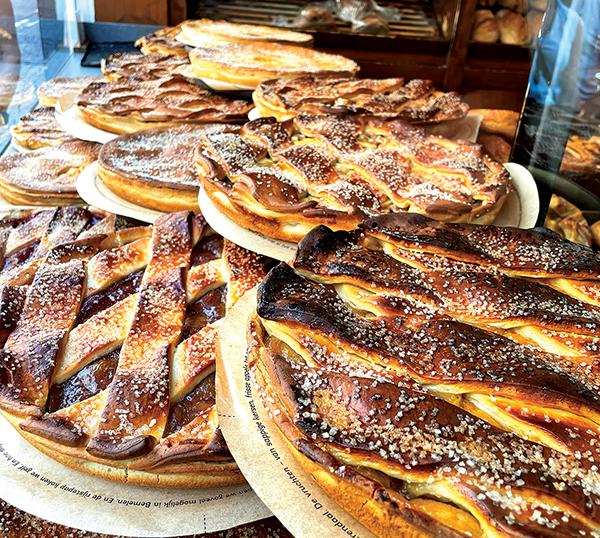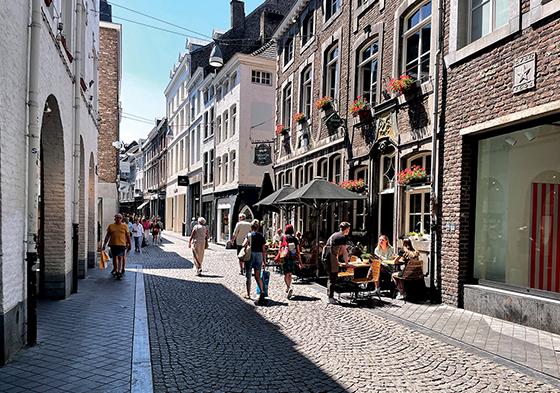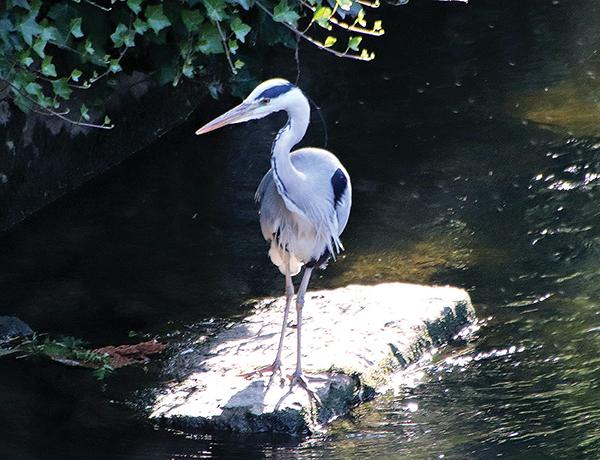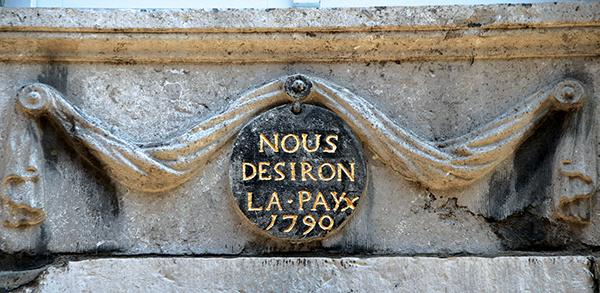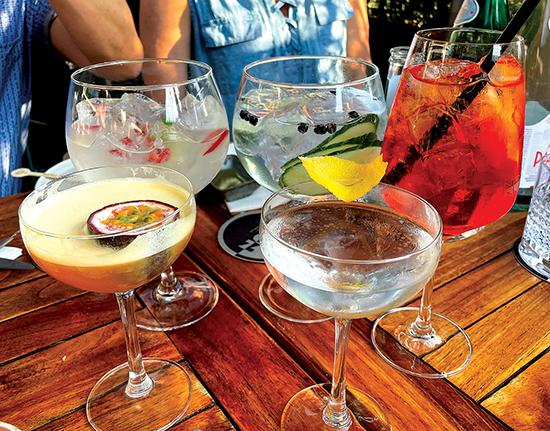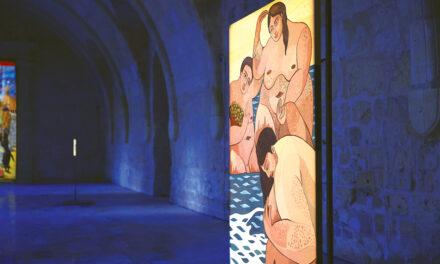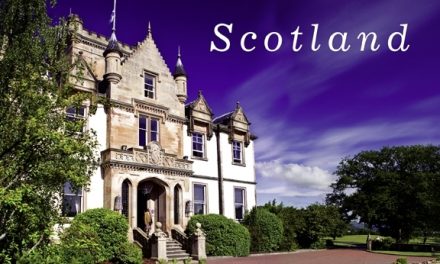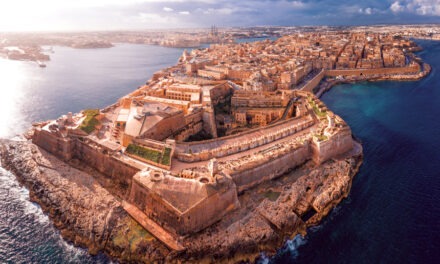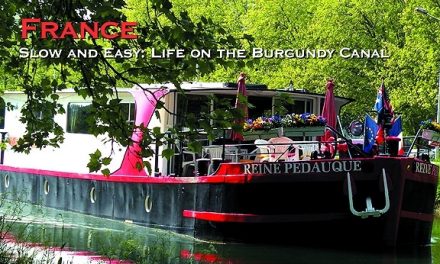The Netherlands
Chilling Out in Maastricht
Article and photography by Steve Gillick
“You say you know the Netherlands? Well, it’s quite different here”. And with this, Marieke Huijvenaar, our guide from the Maastricht Vistors Center, revealed some of the charms of this amazing city. “The south is different from Amsterdam and Delft. It’s more of a French atmosphere reflecting a Burgundian way of living: slower, easy, and enjoying life”. And certainly, the cobblestone streets in the downtown area, lined with beautiful houses dating back three centuries, and the outdoor café-culture fully complement this relaxed ambiance.
After a city stroll, it felt so natural to join the locals at an outdoor café, leisurely sipping a hot frothy cappuccino or an icy cold Brand beer and marveling at the historic buildings on the Vrijthof (Vrit Hof, or ‘Free Place’) across the street. This large square is home to the Hoofdwacht, a military building dating to the early 18th Century where the keys to the city gates were kept. And next door are the twin churches, the Church of St. John and the Basilica of Saint Servatius.
St. Servatius, the Bishop of Tongeren, is the patron saint of Maastricht. Tradition holds that his remains are in a 6th-century crypt under the Basilica. The Saint Servatius Bridge was built in the last two decades of the 13th Century to replace an old Roman Bridge that collapsed in 1275, supposedly from the weight of pilgrims crossing over the Meuse River to honor St. Servatius.
And the Meuse River, which flows through the middle of Maastricht, gave the city its name. ‘Mosea Trajectum’ was the Latin (Roman) name for the city, meaning “crossing of the Meuse”. Over the years, the name transformed into Maastricht. For visitors, the city’s history is integral to the tourist experience. But so is the laid-back vibe.
We stayed at the Townhouse Design Hotel and Spa in Wyck, the trendy area of the city on the eastern bank of the Meuse. The hotel has a bohemian feel all its own, with a friendly reception desk, a great breakfast-lounge-library area, complimentary coffee and tea, and a welcome cup of delicious, hot tomato soup!
The Townhouse is five minutes from the Maastricht train station and Stationsstraat, the main street that heads directly west and across the St. Servatius Bridge, and on to Binnenstad, the city’s historic center. Traffic consists mainly of bicycles, boats, and pedestrians. And the scenery from the bridge, of church steeples, medieval towers, houses, and waterfront cafés, is captivating.
The Maastricht Visitors Center is located in the Dinghuis building, dating to 1470. Over the years, it served as a courthouse, prison, and City Council chamber, but one of its more intriguing roles was as a fire tower. A guard watched for smoke and other signs of danger, and the tale follows that when a one-eyed lookout was hired, he was only paid half the salary of his two-eyed predecessors.
The Vrijthof is just down the street, and then beyond is Market Square, home of the Stadhuis, or Town Hall, completed in 1664.
Maastricht’s curving cobblestone side streets make visitors want to walk just a bit more to see what’s around the bend. Intriguing house plaques relate to days gone by: A 1767 home featuring a blooming Linden tree, a golden ram with the motto,’ In den Grooten Bock’ (In the big box), a 1743 plaque “Au Cheval Noir”, featuring a Black horse, and a house with the date 1790, under a stone carved medallion with the words “Nous Desiron la Pax” (We want Peace), relating to the French Revolution in 1789 and the fact that Maastricht belonged to France at that time.
Other side streets lead to the flying buttresses of the 13th Century Gothic Franciscan Minderbroederskerk and the impressive fortifications of the 11th Century Romanesque Basilica of Our Lady.
The site of Helpoort (Hells Gate) grabs the imagination. Constructed in 1229, this is the only remaining gate of the original wall around Maastricht. We were told, unofficially, that the name comes from pouring boiling water or oil on enemies who tried to force their way into the city. But another explanation relates that people suffering from the plague were not allowed to enter the city and had to dwell unprotected, outside the wall, like living in hell.
This is one of the most picturesque areas of the city, with medieval towers, remnants of the 1st and 2nd walls, and Staspark (City Park), with the sights and sounds of Coots, Moorhens, Grey Herons, Chaffinches, and more.
Nearby, history blends with gastronomy at Bisshopsmolen (Bishops Mill), where the overwhelming aroma of freshly-baked ‘vlaai’ emanates from the bakery. Vlaai, or Flaai, is a fruit-filled pie made with cherries, apples, apricots, strawberries, or plums. The Mill dates to the 11th Century when the original owner, Godfrey of Bouillon, led the 1st Crusade to Jerusalem. When he asked the Bishop of Liège to finance the arduous journey, the Bishop demanded collateral. And when de Bouillon failed to return, the Bishop took possession of the Mill. The ancient Water Wheel can be seen behind the bakery.
Gastronomy is one of the city’s top attractions, especially at popular outdoor eaters such as De Brandweer Kantine, Petit Café Moriaan, and Noon. The latter is a chic riverside outdoor café, where Passion Fruit Martinis pave the way for tasty appetizers such as squid with thick ink dip, ‘choppy shrimp’ made with scampi and lime, and Asian slow-roasted Pork Belly. The main courses included Five-spiced DuckDuck, Boneless Tam Yam Asian Ribs, and Mexican mole Sea Bass. So good!
And in Maastricht, the idea of ‘chilling out’ can take on a whole new meaning. We left the 30C (86 F) June heat and entered the North Tunnels under Fort St. Peter, where the constant temperature is a cool 11C (52F). The tunnels are the remains of 2000 years of Limestone mining, starting with the Romans and ending in 1900 when bricks became much cheaper for construction. Farmers who owned the tunnels under their land began to offer tours and then enhanced the attraction by hiring artists to sketch drawings on the walls. Today, the tours through the dark, cold tunnels by guides from the Society for the Preservation of Nature are fascinating.
During World War II, the tunnels were used to smuggle goods and people to Belgium and France, particularly Jews escaping Nazi-occupied Europe. And the tunnels are also famous for the Vault, where upwards of 800 paintings stolen by the Nazis were stored. This included The Night Watch, the 1642 masterpiece by Rembrandt van Rijn.
Both thrills and chills might be generated by the wildlife in the tunnels. One thousand bats roost in the tunnels during winter. And the Beast of Maastricht, also called this home. The skull of a Mosasaurus (‘Lizard of the Meuse River’), an aquatic dinosaur that lived 80-66 million years ago, was discovered here in 1764.
Maastricht is often referred to as the most beautiful city in the Netherlands. It’s a place to chill out, wander, shop, drink at an outdoor café, and enjoy life!

